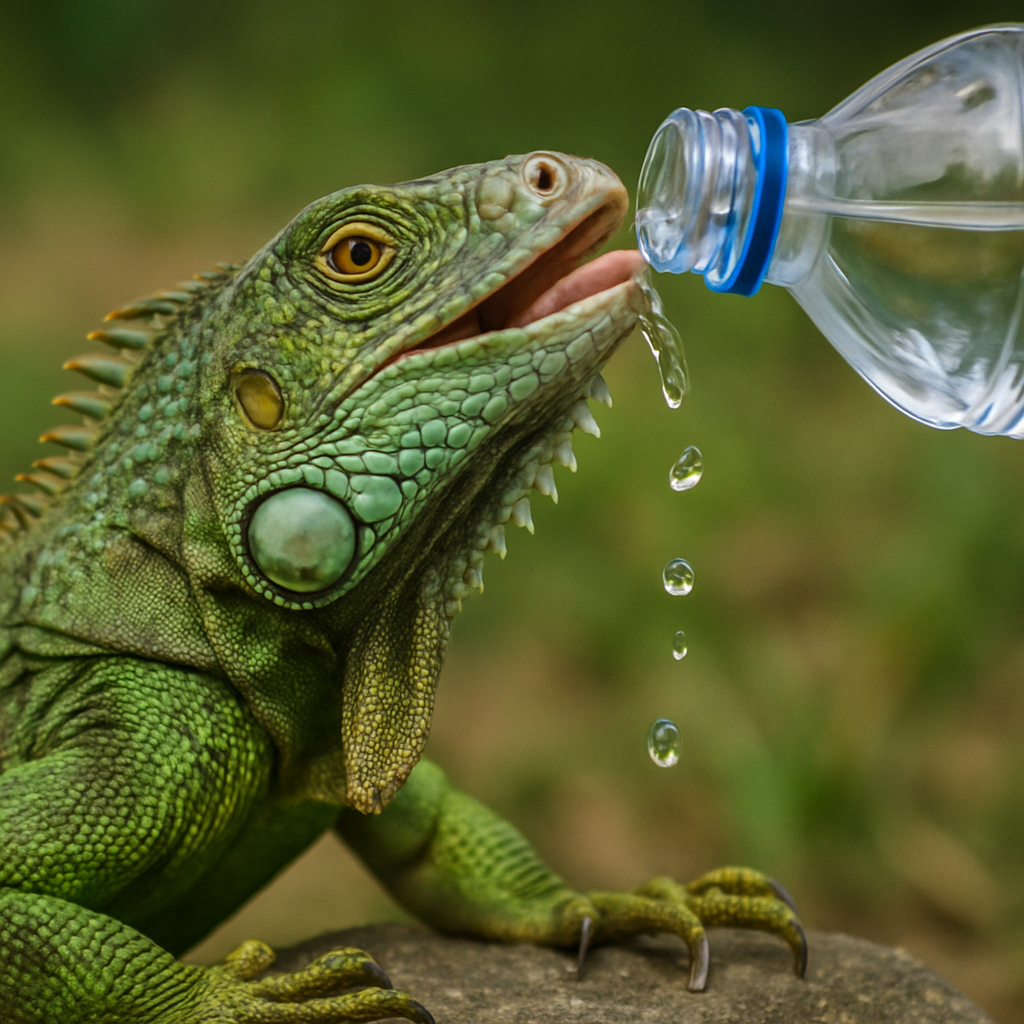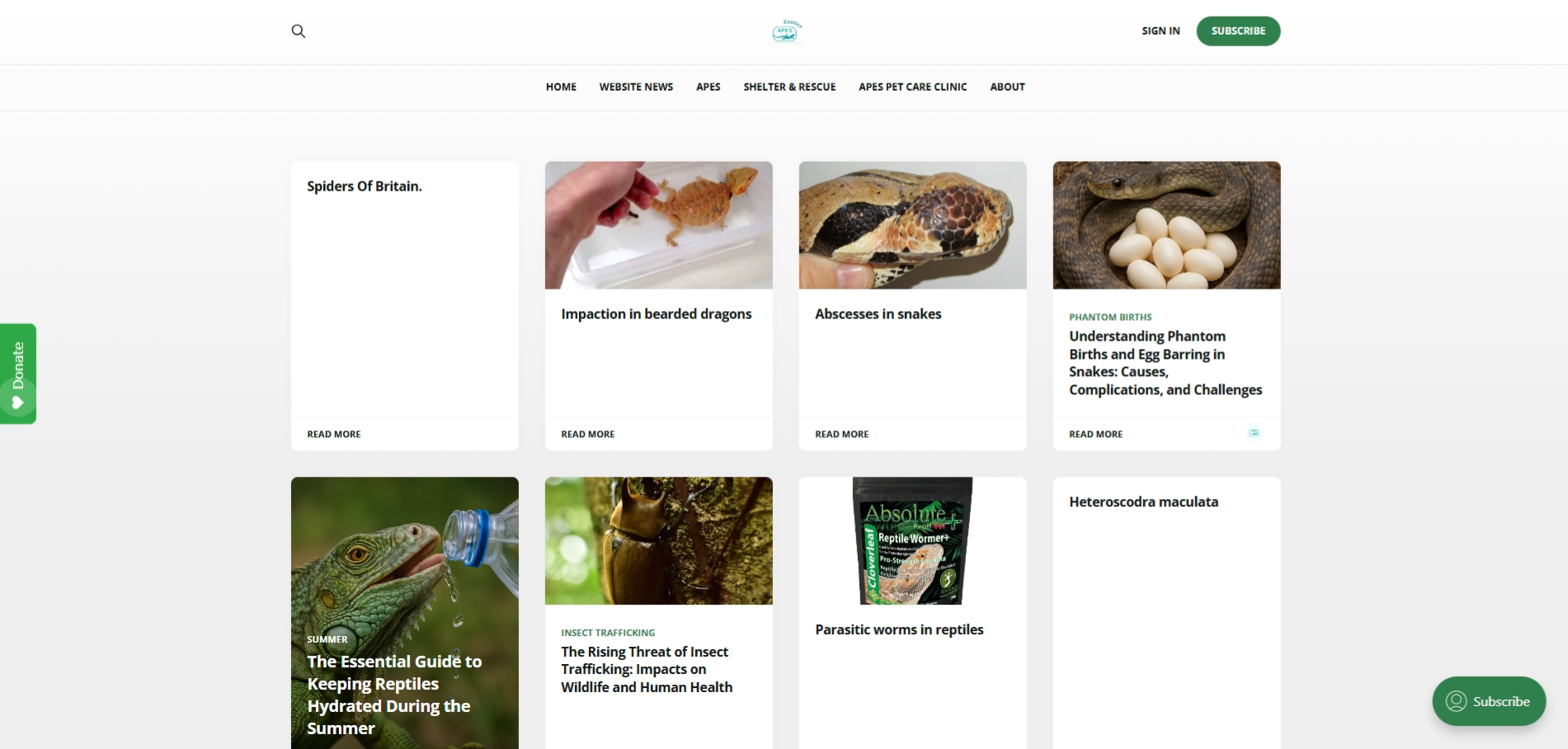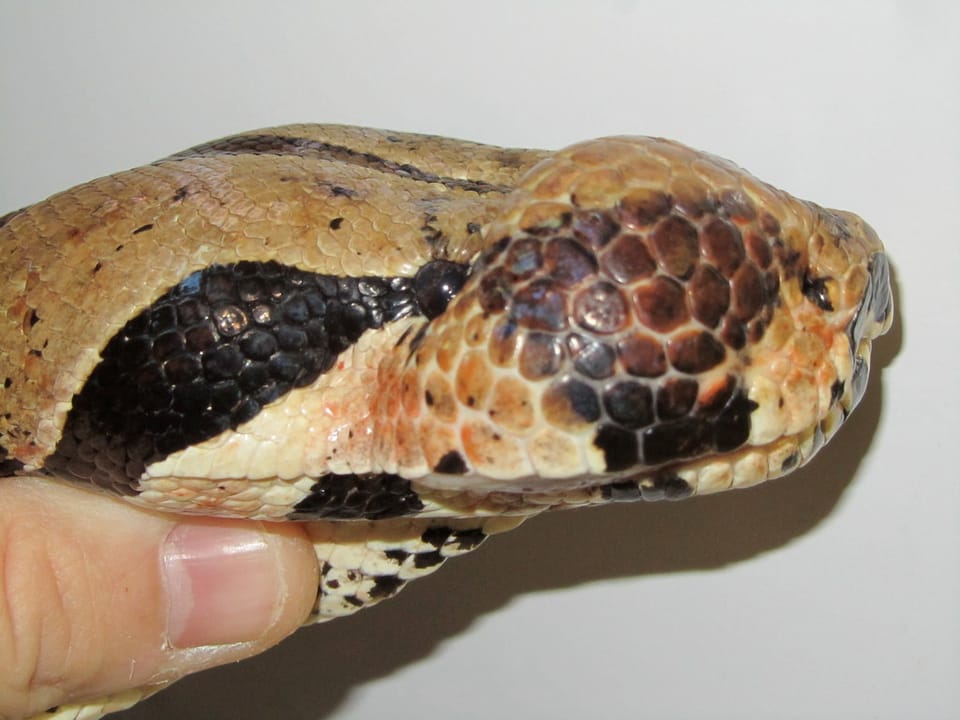The Essential Guide to Keeping Reptiles Hydrated During the Summer
Hydration is important in the summer more so then any other time of the year.

Reptiles are fascinating creatures that have thrived on Earth for millions of years. Unlike mammals and birds, reptiles are ectothermic, meaning they rely heavily on external sources of heat and humidity to regulate their body temperature and stay healthy. Summer brings warmer weather and increased outdoor activity, but it also poses particular risks to reptiles if their hydration needs are not properly managed.
This guide will explain why hydration is so vital for reptiles during the hot months, how to ensure they stay well-hydrated, and practical tips for reptile owners to keep their pets safe and healthy all summer long.
Why Is Hydration So Important for Reptiles?
1. Temperature Regulation and Thermoregulation
Reptiles depend on environmental temperature and humidity to control their body functions. Adequate hydration helps them maintain optimal internal temperature, especially during heat waves. When reptiles are dehydrated, their ability to regulate temperature diminishes, leading to overheating or hypothermia.
2. Skin Health and Shedding
Healthy, well-hydrated skin is critical for reptiles. Dehydration can cause the skin to become dry, flaky, and difficult to shed properly. Poor shedding can lead to skin infections, restricted movement, or retention of shed skin around the eyes, toes, or tail.
3. Kidney Function and Waste Removal
Reptiles excrete waste primarily through uric acid, which must be efficiently processed by their kidneys. Staying hydrated ensures that their kidneys function properly, preventing issues like gout or kidney failure, which are potentially life-threatening.
4. Digestion and Appetite
Proper hydration supports digestion and a healthy appetite. Dehydrated reptiles may eat less and become sluggish, further decreasing their hydration levels and overall health.
5. Preventing Illness and Stress
Dehydration weakens a reptile’s immune system, making it more susceptible to infections and stress-related health issues, especially during periods of high temperature or changes in the environment.
How to Ensure Reptiles Stay Hydrated in Summer
1. Provide Fresh, Clean Water Daily
Always ensure your reptile has access to fresh, clean water. Use a shallow dish that your pet can easily access and monitor regularly to prevent contamination or evaporation. During hot weather, check water sources more frequently and refill as needed.
2. Use Misting and Humidifiers
Many reptiles benefit from regular misting of their enclosure, especially species that require higher humidity levels, such as chameleons, geckos, and certain turtles. Misting helps increase ambient humidity and encourages drinking from droplets.
3. Create a Humid Environment
In hot climates, maintaining a humid hiding area or using environmentally controlled enclosures helps replicate their natural habitat. This prevents excessive water loss through the skin and helps with shedding.
4. Incorporate Water Features
If possible, provide a shallow pool, pond, or water dish large enough for swimming or soaking. Aquatic reptiles like turtles and newts love to bathe and drink in the water. Ensure these features are cleaned regularly to prevent bacterial buildup.
5. Offer Moisture-Rich Foods
In addition to water, many reptiles get hydration from their diet. Offer foods with high water content, such as leafy greens, melon, strawberries, and other fruits and vegetables suitable for their species.
6. Avoid Overheating
Ensure your reptile’s habitat has a temperature gradient—warm areas for basking and cooler areas for retreat. Overheating can lead to rapid water loss, so provide shaded zones and avoid placing enclosures in direct sunlight or near heat sources that can cause temperature spikes.
7. Monitor and Adjust Environment
Use thermometers and hygrometers to keep track of temperature and humidity. During heatwaves, increase misting frequency, provide extra water, and shade enclosures to prevent dehydration.
Recognising Signs of Dehydration
Dehydration occurs when reptiles lose more water than they take in. Some common signs include:
- Wrinkled or dull skin
- Sunken eyes
- Dry or sticky mucous membranes
- Reduced activity or lethargy
- Lack of shedding or retained shed skin
- Loss of appetite
- Increased respiratory effort or wheezing
If you notice these signs, enhancing hydration immediately and consulting a veterinarian familiar with reptiles is essential.
Special Considerations for Outdoor Reptile Enclosures
- Shade and Shelter: Place enclosures in shaded areas, out of direct sunlight, during the hottest parts of the day.
- Temperature Control: Use natural shade, cooling fans, or misting systems.
- Water Safety: Always supervise reptiles near water sources to prevent drowning or escape.
- Insect and Plant Safety: Ensure plants and insects in outdoor environments are free of pesticides or harmful chemicals that could poison your pet.
Final Tips for Summer Reptile Care
- Regularly check all environmental parameters.
- Increase water availability and humidity during heat waves.
- Avoid handling your reptile excessively in extreme heat, as this can cause stress.
- Consult a reptile veterinarian for species-specific advice, especially during unusually hot weather.
By diligently managing hydration needs during summer, you help ensure your reptile remains healthy, stress-free, and able to enjoy the warmer months safely. Proper hydration not only improves your pet's comfort but also supports their overall well-being and longevity.
If you need further advice or assistance with your reptile’s summer care, don't hesitate to contact a qualified veterinarian familiar with exotic pets.



